QuestionQUESTION: I would be very grateful for your advice.
I have a 15.2hh 5 year old cob x trotter who i have had problems with over the past 12 months.
For the first 6 months of him being shod in 'normal' shoes he had no problems, being hacked schooled and lightly hunted without incident.
The first sign of problems i had was severe thrush( my hoof pick disappeared in to his frog) and he started sliding his hind feet down, he would leave 4 inch marks on the tarmac and wear the heels of his shoes completely flat.
he started growing masses of hoof and frog, he went from being shod comfortably every 7-8 weeks to being shod every 4 weeks at which point we were still taking off a lot of foot.
He then started tripping, my farrier dressed his toes back as far as he was happy to and gave him plenty of heel support but no improvement.
My Farrier suggested i involve my vet. My vet came out and did neurological and flexion tests all of which he passed with flying colors, she then did blood tests and X-rayed his feet.
The blood tests showed signs of a virus which correlated with him being very down and loosing weight, this also would be around the time that his feet problems started, could it be related? The blood tests also showed raised liver enzymes although further tests on this proved normal.
Foot X-rays showed his toes to be quite long and his heels quite low,his pedal bones in his front feet were completely flat and his pedal bones in his hind feet were dropped back so that as opposed to being at a +5 degree angle they were more like a -5 degree angle.
As he was only 4 years old i wasn't keen on using raised heels as i have concerns about the long term effect that may have on him.
we had quite a lot of foot to play with so opted to shorten the toes and re angle the foot using the amount of sole we had, he was fitted with rollers on his fronts with quarter clips.
X-rays showed a good improvement with the toes shorter we had more heel support and had managed to get about a 4 degree angle on his fronts and made a significant improvement on his hinds.
We carried on shoeing him like this monthly for about 4 months when we had a sudden deteriation.
He was sent to Bristol university equine department where he spent a week being x rayed, bone scanned and nerve blocked. still the only thing they could find was problems with his foot balance, the pedal bones were no longer at the 4 degree angle and his fronts had dropped back to a -5 degree angle like his hinds even after 4 months of corrective shoeing.
the vet and farrier at Bristol were happy with the way my farrier has been shoeing my horse but decided he would in fact benefit from the raised heels.He has now been in raised heels for just over a month but i haven't noticed any significant improvement in his movement.
Please do you have any suggestions of anything to try? and of what might be causing his problems? have you come across any horses with the same problems?
Many thanks
Heather
ANSWER: HELLO HEATHER...THANKS FOR YOUR QUESTION...
This is a new one for me !! After working for two major veterinary school universities in the
past, I have NEVER run across this before.
The blood tests were an excellent idea and the fact that multiple vets have seen this horse,
I'm sure laminitis isn't a suspect.
The tripping and excess growth is caused by an influx of amino acids and proteins. You had
mentioned that he had a poor condition.
Also...the cause and effect of the out-of-balance wear of the shoes is from the same effect.
A shorter hoof capsule, under the bony column is ALWAYS an improvement with most horses
no matter what they do for a living. It balances the force and load of the hoof and limb
for stability. Also RELIEVES stress off of the joints.
I wish I could help more or have had a case as this one, so as to reflect and help you through this !!
Best to You...
Joepaul Meyers,C.J.F.
---------- FOLLOW-UP ----------
QUESTION: Many thanks for your quick response to my question.
No surprise you havnt come across this before,that seems to be the case with everyone i have spoken to.
You mention it could be caused by 'an influx of amino acids and proteins' what would create this and is there anything i can do to help?
Many Thanks again.
AnswerHELLO HEATHER...
Being at one time the horse was in poor condition, I believed you mentioned; trying to get
more of the "right things" in this horse's diet will increase proteins and amino acids(which
are the keys to good nutrition) and add to a more rapid hoof growth and that can cause tripping/stubbling from the excess growth.
More quality hay/forage is another "key" to a great diet for any equine!! Unless a horse is burning calories from work/training, alot of grain is not always a good thing. Roughage,pasture
and hay quality is more important for overall health and welfare.
Thanks again...
Joepaul

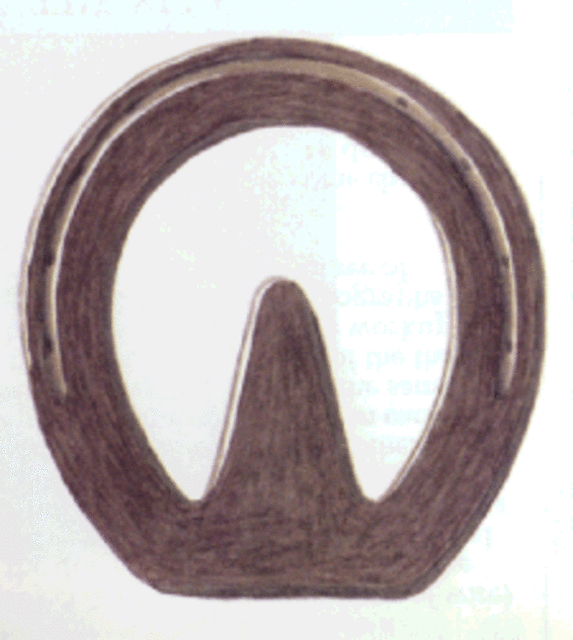 what shoe is this
Question
what shoe
hello sir, may i know the nam
what shoe is this
Question
what shoe
hello sir, may i know the nam
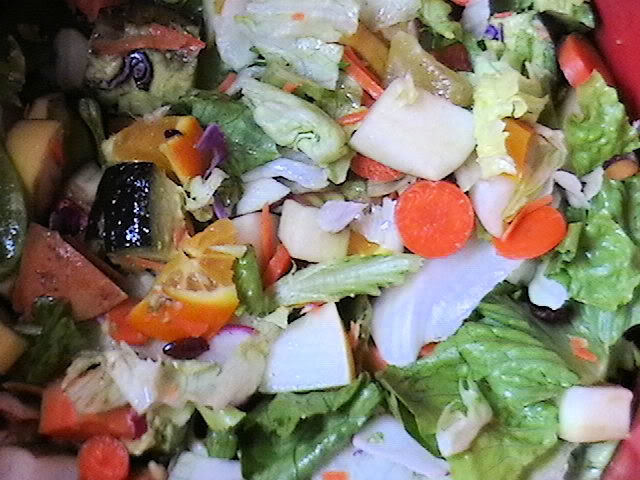 Donkey protein diet
QuestionHello, I read the article on the WLD and your r
Donkey protein diet
QuestionHello, I read the article on the WLD and your r
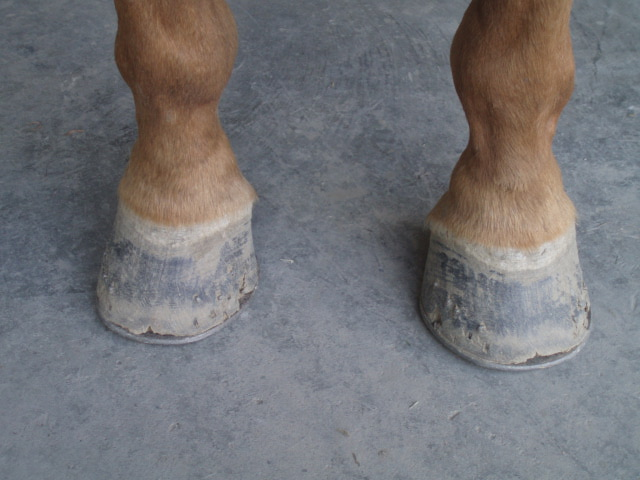 Is this white line?
Questionis this white line
is this white line &n
Is this white line?
Questionis this white line
is this white line &n
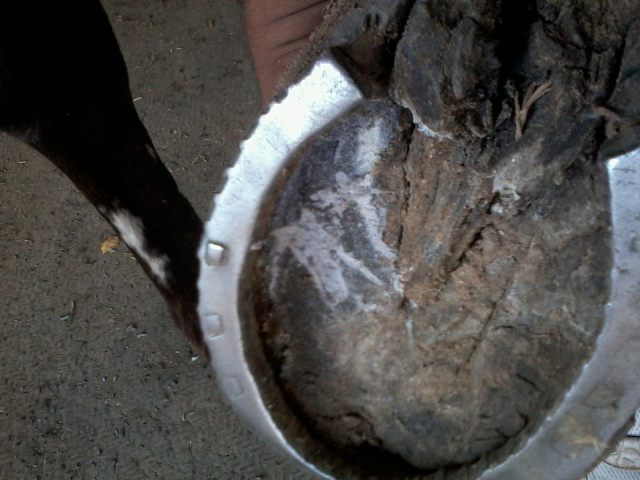 horrible hooves
Question
left fore right fore
hello sir.
horrible hooves
Question
left fore right fore
hello sir.
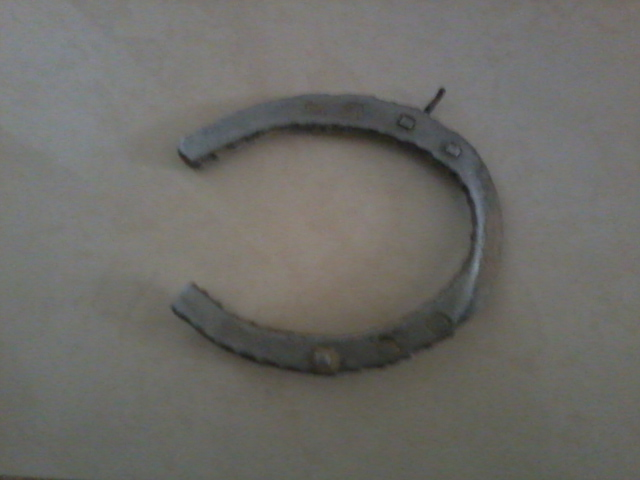 toe bent shoe
Question
toe bent toe bent.
hello sir. thi
toe bent shoe
Question
toe bent toe bent.
hello sir. thi